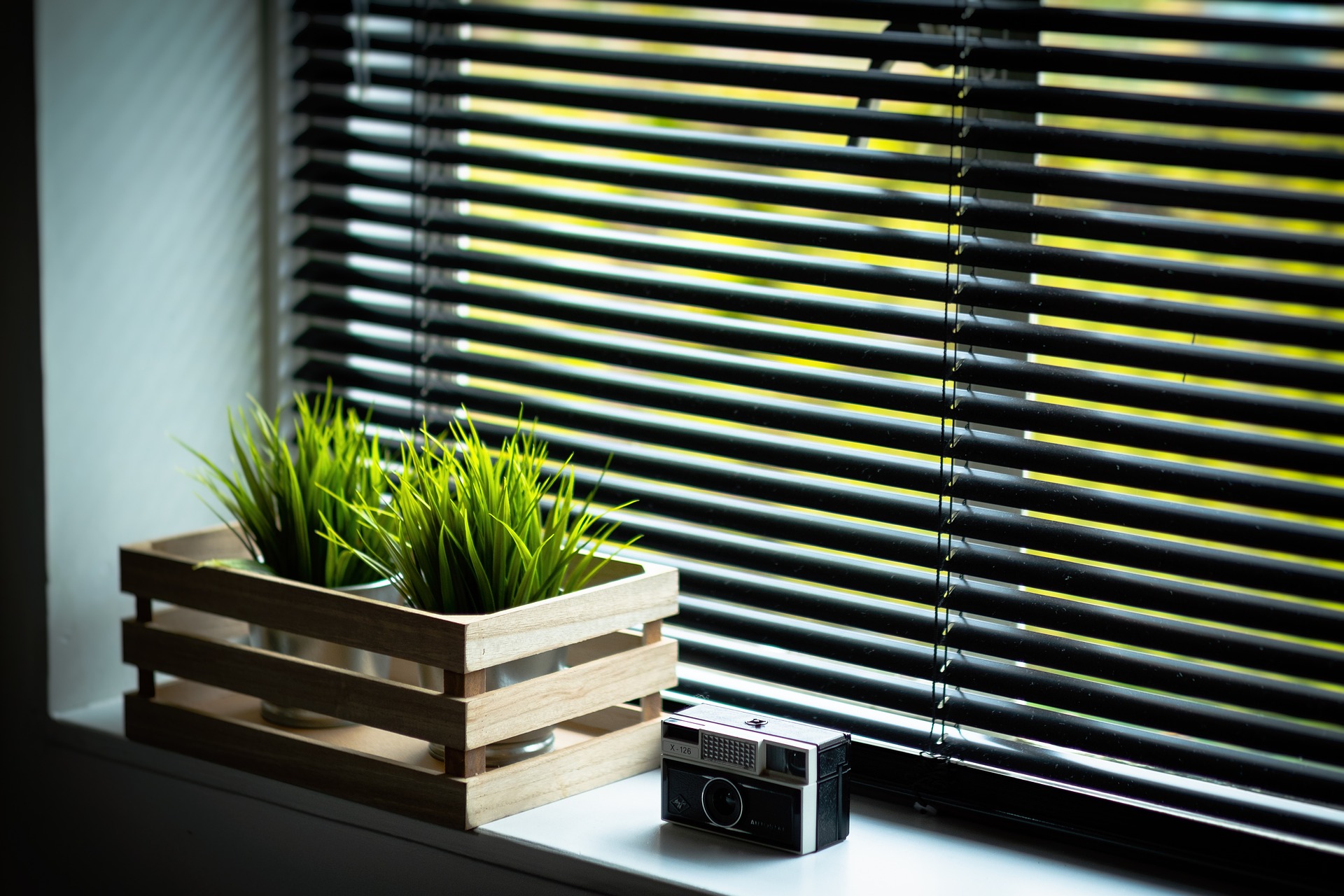Groundbreaking Modern Home and Garden Designs: An Exploration of Geometric Patterns
Geometric patterns in home and garden design are a fascinating blend of creativity and precision. These patterns provide a distinct aesthetic appeal, infusing spaces with a sense of balance and harmony. This article will delve into the world of geometric patterns in home and garden design, exploring the evolution of this trend and its current relevance.

From the intricate mosaics of ancient civilizations to the bold shapes of contemporary design, geometric patterns have always been an integral part of human aesthetics. Their application in home and garden design is a testament to their timeless appeal and versatility.
The Historical Context of Geometric Patterns
Geometry has been a crucial component of design since time immemorial. Ancient Egyptians used geometric patterns in architecture and art, believing that these designs represented perfection and divine order. Similarly, the Greeks and Romans incorporated geometric motifs in their edifices, sculptures, and mosaics, symbolizing harmony, balance, and beauty.
In the middle ages, geometric patterns gained prominence in Islamic art and architecture. The abstract nature of these designs provided a symbolic representation of the infinite and the divine, in compliance with the Islamic prohibition against representing sentient beings.
Geometric Patterns in Modern Home and Garden Design
Today, geometric patterns have become a popular trend in home and garden design. They offer a unique way to infuse personality into spaces, providing a dynamic and visually appealing aesthetic. From rugs, wallpapers, and tiles to planters, garden paths, and outdoor features, geometric patterns are everywhere.
Design experts suggest that the popularity of geometric patterns can be attributed to their versatility. They can be used in a variety of elements, from large scale architectural features to small decor items, and can be adapted to fit different design styles, from modern and minimalist to eclectic and bohemian.
The Practicality of Geometric Patterns
Apart from their aesthetic appeal, geometric patterns in home and garden design also offer practical benefits. They can be used to define spaces, create focal points, or guide movement. A geometrically patterned rug can anchor a seating area, while a path with geometric pavers can lead the eye through the garden.
In terms of market trends, geometric patterns are increasingly popular, with a growing number of homeowners and designers incorporating them into their spaces. This trend is expected to continue, driven by the desire for unique, personalized spaces that reflect individual style and taste.
Enhancing Daily Living with Geometric Patterns
Geometric patterns can enhance daily living by creating visually stimulating environments. They can infuse a sense of rhythm and order into spaces, providing a calming and harmonious atmosphere. Moreover, they can be used to create a sense of dimension and depth, making small spaces appear larger or adding interest to large, open areas.
Conclusion
Geometric patterns in home and garden design are more than just a trend—they are a testament to the timeless appeal of geometry and its profound influence on human aesthetics. With their versatility, practicality, and aesthetic appeal, these patterns offer a unique way to personalize spaces, making them not only visually appealing but also functional and comfortable.




